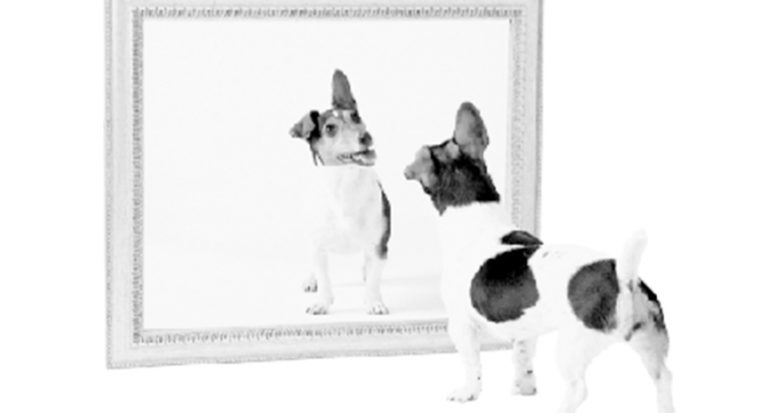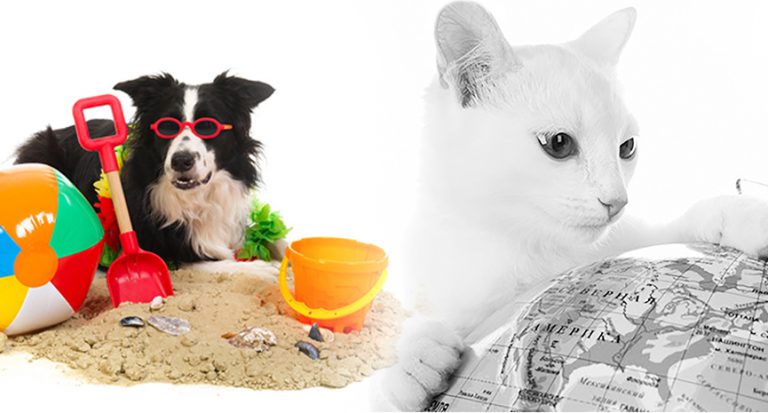The incredibility fun sport of dog agility was begun at The Crufts Dog Show in London, England, in 1978. To appreciate the idea of how agility really started, one must go back a year and look at the 1977 Cruft’s Dog Show.
A member of the Show Committee, John Varley, was given the task of organizing fun entertainment to hold the public’s attention during a break in the obedience championship that just finished, and before the group judging started.
Mr Varley’s main interest was in horses, not dogs. With horse show-jumping in mind, he conceived a dog event with obstacles… a canine version of horse show-jumping. Not having expertise with dogs, John called on a friend Peter Meanwell, a well known Working Trials competitor and judge, John asked him to develop a set of obstacles for this new agility event and create rules based on his knowledge of dogs.
By February 1978, the first display between two teams took place at Crufts. It was such a huge success that the future of dog agility was secured.
Over the years, the sport has evolved and become the fastest growing, fun dog sport. Dog agility has spread throughout the world in a very short space of time.
What is “Dog Agility”? Dog agility is a competitive sport that tests a person’s skills in training and handling of dogs over a timed obstacle course. Competitors race against the clock as they direct their dogs to jump hurdles, scale ramps, burst through tunnels, traverse a see-saw and weave through a line of poles in an obstacle course configuration designed to challenge a handler’s competitive and training skills. With scoring based on faults similar to equestrian show jumping, dog agility has become an exciting spectator event.
Must I have a purebred dog in order to compete in dog agility? Not necessarily. A competitor may compete with any dog, purebred or mixed breed in USDAA events. Dog agility is practiced as a sporting activity that demonstrates a handler and trainer’s skill in working with a dog on an obstacle course. The type of dog may pose certain challenges in training and handling, but a competitor is not restricted as to type of dog. Therefore, dog agility is frequently referred to as a “sport for all dogs”.
What dog is best suited for agility? Any dog with good physical agility and energy is a strong candidate for the sport. Though many breeds appear more naturally adapted to the sport, more than 150 breeds (including mixed-breeds as a single group) have demonstrated their ability to perform well.
How high does my dog have to jump? USDAA has four basic height divisions within each of its competitive programs. The jump height class is defined by which program you may choose to compete in based upon the measurements of your dog.
Getting Started In Dog Agility
From homemade PVC jumps in the backyard to indoor, climate controlled arenas, the dog agility bug is sweeping the country. Perhaps it has happened to you. You are flipping through the TV channels and something catches your eye. Animal Planet is showing a dog agility trial. You watch as dogs run, jump and weave through poles being directed through a complicated course by the human navigator running at their side. You poke the canine couch potato sleeping by your side and say, “Hey, do you think we could do that?”
The answer is probably yes. Almost any dog in relatively good health can perform agility at some level. All sizes, shapes and ages of people and dogs participate. Handlers range from age 9 to 90 and dogs from tiny Yorkshire Terriers to huge Great Danes. It is a great way to stimulate and exercise your dog, teaching them while they play.
Handlers get their share of the exercise setting up jumps and trying to keep up with their dogs. If you are interested in trying agility with your dog, there is some basic groundwork to do first. Your dog should have adequate obedience skills to be under control off leash. The dog should show no aggression towards other dogs or people, even in a situation with a high excitement level and much activity. It will be helpful if you know what rewards (food treats, balls, toys) motivate your dog the most. Although you can start your young pup over low jumps and introducing them to the other obstacles, dogs can’t compete in most venues until they are 18 months old.
Some people start with a book and a few homemade obstacles at home, but the best way to train yourself and your dog is to join a class. Learning to pay attention while working around other dogs and people is often as important to your dog as being introduced to the obstacles.
Safety is an important issue and it can be very helpful to have extra people around, especially when a dog is learning a new piece of equipment. Although there are various training techniques, most are based on showing the dog a piece of equipment, helping him perform the behavior you want, and then rewarding success. As the dog and handler progress, they will learn to do several obstacles in a row and eventually string together an entire course.
If this sounds like something you would like to try with your canine companion then get going!





